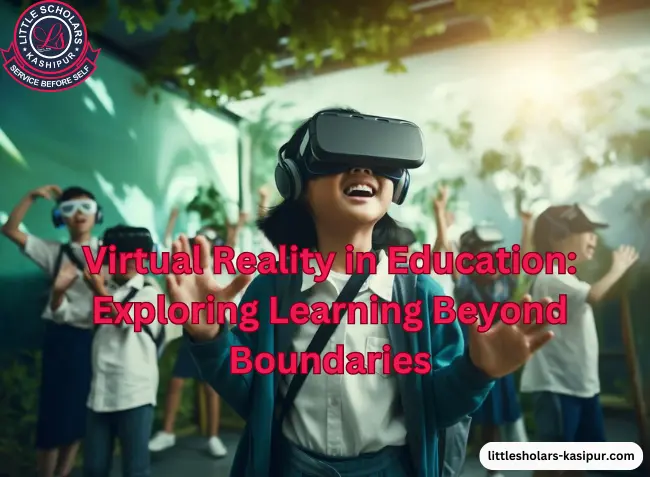In today's dynamic educational landscape, technological innovations continually reshape the way we teach and learn. Among these advancements, virtual reality (VR) stands out as a transformative tool with immense potential to revolutionize education. In this blog post, we'll delve into the impact of virtual reality in education, exploring its benefits, applications, and implications for the future.
Understanding Virtual Reality
Virtual reality refers to a simulated experience that immerses users in a computer-generated environment, often through the use of specialized headsets or devices. Unlike traditional learning methods, which rely heavily on textbooks and lectures, VR offers a more interactive and immersive approach to education. By creating lifelike simulations and environments, VR enables students to engage with course material in a whole new way.
Enhancing Learning Experiences
One of the most significant advantages of virtual reality in education is its ability to enhance learning experiences. Through VR, students can explore virtual worlds, conduct experiments, and interact with complex concepts in ways that were previously impossible. For example, instead of reading about historical events in a textbook, students can immerse themselves in a virtual reconstruction of the past, gaining a deeper understanding of key events and concepts.
Why is it important to implement social-emotional learning in the classroom?: Read now
Bridging Gaps in Understanding
Virtual reality also has the potential to bridge gaps in understanding by making abstract concepts more tangible. For subjects like mathematics or science, where visualization is key, VR can provide interactive simulations and visualizations that help students grasp difficult concepts with greater ease. By turning learning into a multisensory experience, VR caters to different learning styles and promotes deeper comprehension.
Fostering Engagement and Empathy
Another benefit of virtual reality in education is its ability to foster engagement and empathy. By transporting students to different environments and perspectives, VR encourages active participation and empathy-building. For example, students can experience life in a different culture or walk through historical events, gaining a firsthand understanding of diverse experiences and viewpoints.
10 things you should know about personal learning environments: Read now
Overcoming Barriers to Learning
Virtual reality also has the potential to overcome barriers to learning by providing a more inclusive educational experience. For students with disabilities or learning differences, VR can offer customized learning environments that cater to their individual needs. By removing physical and cognitive barriers, VR ensures that all students have access to quality education.
Conclusion
In conclusion, virtual reality holds immense promise for transforming education as we know it. By offering immersive learning experiences, bridging gaps in understanding, fostering engagement and empathy, and overcoming barriers to learning, VR has the power to revolutionize the way we teach and learn. As educators continue to explore the possibilities of this innovative technology, the future of education looks brighter than ever before.




